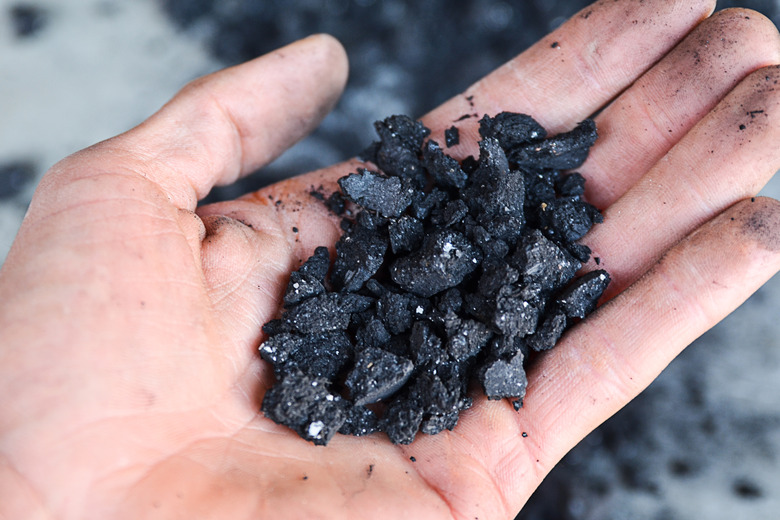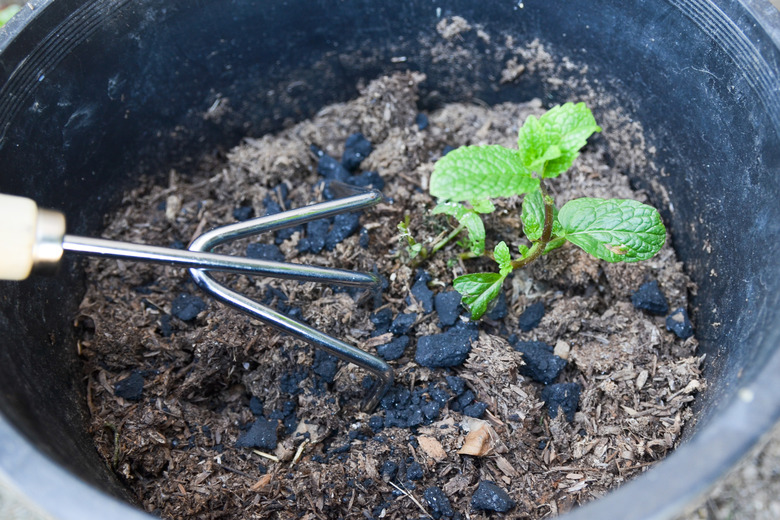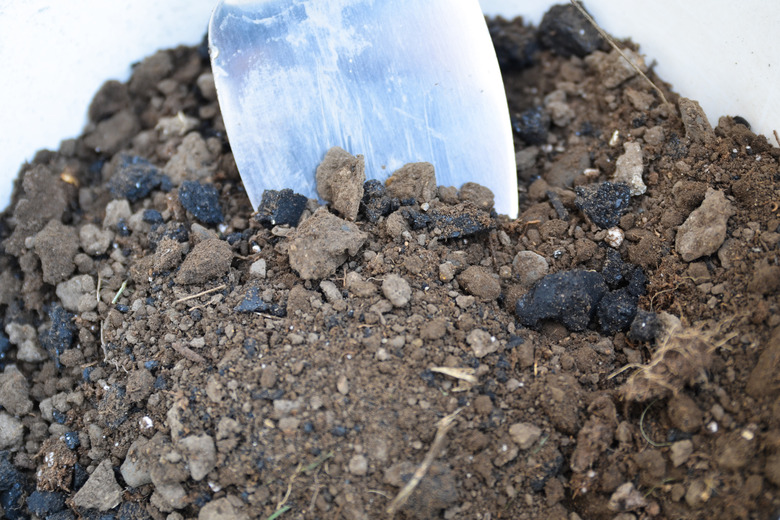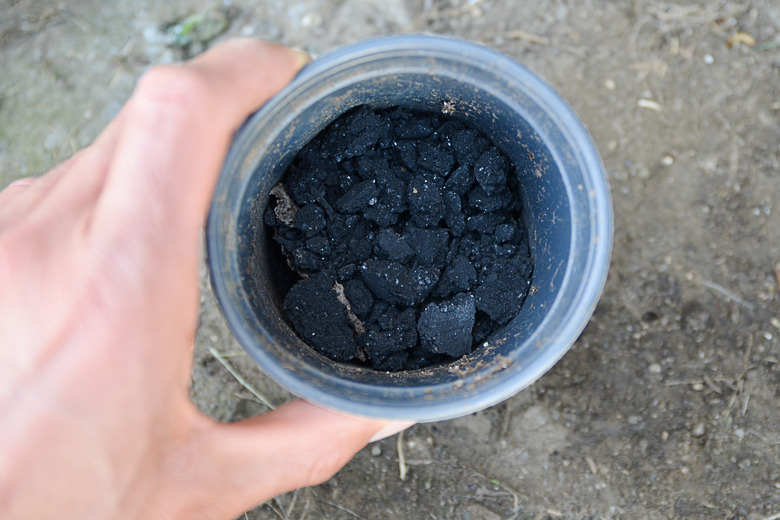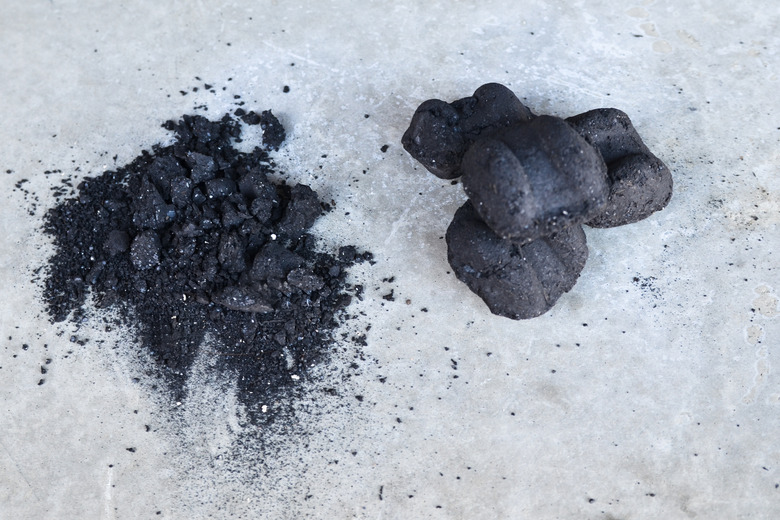How To Grow A Plant In Charcoal
Horticultural charcoal, or biochar, is almost pure carbon and is useful as a soil additive for vegetables, flowers, shrubs and potted plants. Biochar helps allow better uptake of nutrients and fertilizers added to the soil for larger plants and greater yields of fruits, vegetables and blooms on plants.
Horticultural charcoal, or biochar, is almost pure carbon and is useful as a soil additive for vegetables, flowers, shrubs and potted plants. Biochar helps allow better uptake of nutrients and fertilizers added to the soil for larger plants and greater yields of fruits, vegetables and blooms on plants. It is a manufactured product but is all natural and made from green waste products, such as tree trimmings.
Potted Plants
For potted plants, place about 1/4 inch of biochar on the surface of the growing media after potting the plant. Use a small hand rake to scratch the biochar into the surface of the soil about 1 inch deep. When repotting a plant to a larger pot, mix 2 cups of biochar into each 1 cubic foot of potting medium, and add it to the new pot with the plant. Always use pots with drainage holes, even if you add soil amendments to help with drainage.
- Horticultural charcoal, or biochar, is almost pure carbon and is useful as a soil additive for vegetables, flowers, shrubs and potted plants.
- When repotting a plant to a larger pot, mix 2 cups of biochar into each 1 cubic foot of potting medium, and add it to the new pot with the plant.
Shrubs and Trees
To grow a tree or shrub in the ground with biochar, mix 2 cups of biochar with each 1 cubic foot soil you remove from the planting hole. Shovel about 6 inches of the mixture into the bottom of the planting hole, add the tree or shrub in the center and fill the hole with the remaining mixture.
Flowers and Vegetables
When transplanting a flower or vegetable into your garden, add a 1/4-inch layer of biochar to the bottom of the planting hole, place your flower or vegetable into the hole, and fill it with soil.
Biochar Warnings
Biochar's texture varies from 1/2-inch-diameter chunks to fine powder. Wear a dust mask when working with biochar to prevent breathing the fine particles and mix it into soil or in a transplant hole when there is little wind to keep it from blowing away. Do not use barbecue charcoal or aquarium charcoal that is used for filtering water. These items do not have the same properties as biochar and will not improve your soil conditions or help it retain nutrients.
- To grow a tree or shrub in the ground with biochar, mix 2 cups of biochar with each 1 cubic foot soil you remove from the planting hole.
